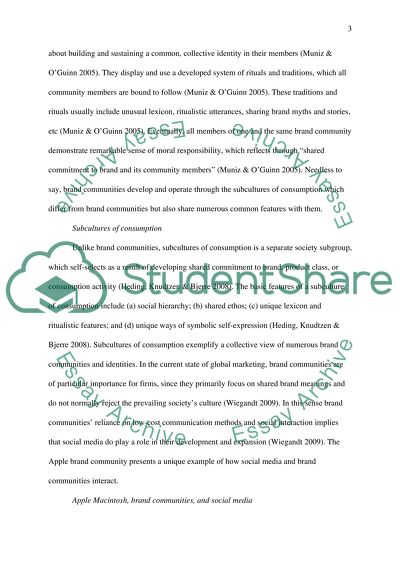Cite this document
(“Discuss how social media can be used to build a brand community and Essay”, n.d.)
Retrieved from https://studentshare.org/environmental-studies/1409071-discuss-how-social-media-can-be-used-to-build-a
Retrieved from https://studentshare.org/environmental-studies/1409071-discuss-how-social-media-can-be-used-to-build-a
(Discuss How Social Media Can Be Used to Build a Brand Community and Essay)
https://studentshare.org/environmental-studies/1409071-discuss-how-social-media-can-be-used-to-build-a.
https://studentshare.org/environmental-studies/1409071-discuss-how-social-media-can-be-used-to-build-a.
“Discuss How Social Media Can Be Used to Build a Brand Community and Essay”, n.d. https://studentshare.org/environmental-studies/1409071-discuss-how-social-media-can-be-used-to-build-a.


